John Dobilas YOGN-8

- Type:
- artificial reef, tanker
- Specs:
- ( 165 x 35 ft )
- Sponsor:
- Friends & the McGraw Hill Foundation
- Dedication:
- John Dobilas
- Sunk:
- Tuesday August 20, 1996 - Garden State North Artificial Reef
- GPS:
- 39°37.564' -74°01.341'
- Depth:
- 80 ft
on starboard side, reef also includes 5 tanks
"John Dobilas" is a twin to the "Mako Mania " and the "Captain Bart". See construction for more photos of this class of ship. The "N" in the classification is for "non-self-propelled" - at some point, her engine must have broken down and wasn't worth fixing.
The job of these little tankers was to store and distribute fuel in port, not carry it long distances. The Navy classified them as self-propelled barges. They could get around in protected waters without assistance, and could even deploy overseas, although slowly crossing the open ocean in one of these must have been a little scary. Fully loaded, they have practically no freeboard. They were not equipped for navigation, and crew facilities were rudimentary.
The "yard tanker" role has largely been taken over by tugs and barges. However, these hulls are renowned for their toughness and longevity, much like the AKL freighters. These small vessels lasted decades after their bigger brothers went to the breakers, and many of them are still in use today. One of the 156-foot YO-153 class is the star of "The Deadliest Catch:"
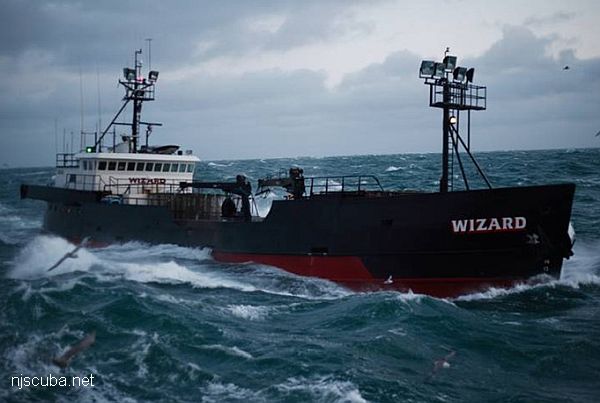
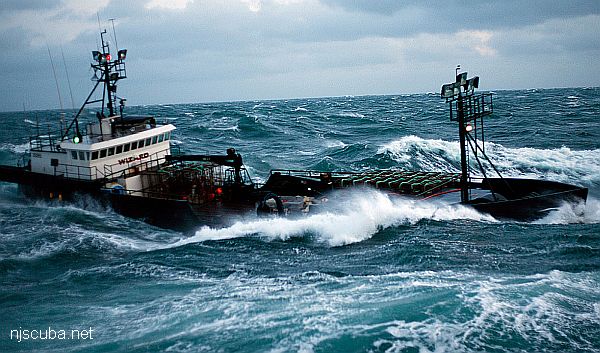
With raised sides and a completely new superstructure, she bears little resemblance to her former self. What you can't see is that she is re-engined with a much more powerful turbo-diesel, turning a more efficient modern propeller, and she also has a bow thruster installed. All this makes her much more seaworthy, able to cope even with Alaskan weather. The engine room is greatly enlarged for extra generators and hydraulics, to drive the cranes and refrigeration plant.
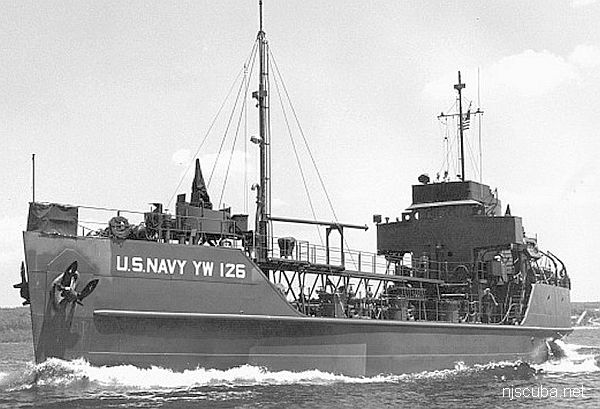

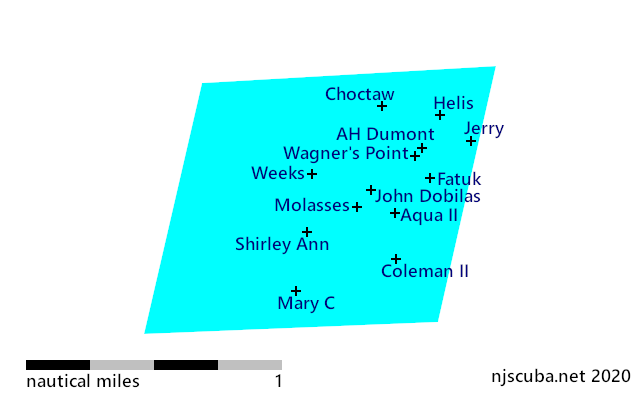
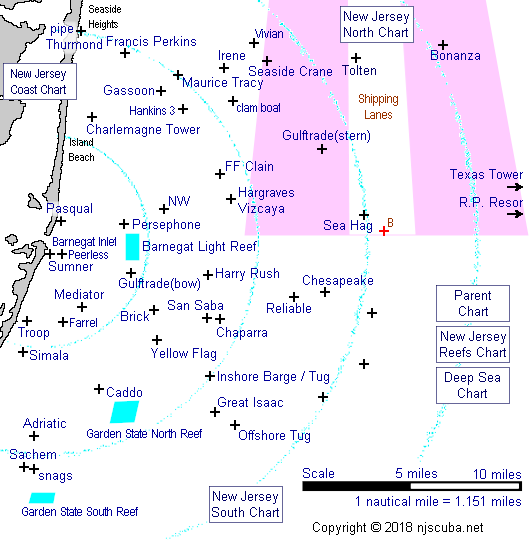
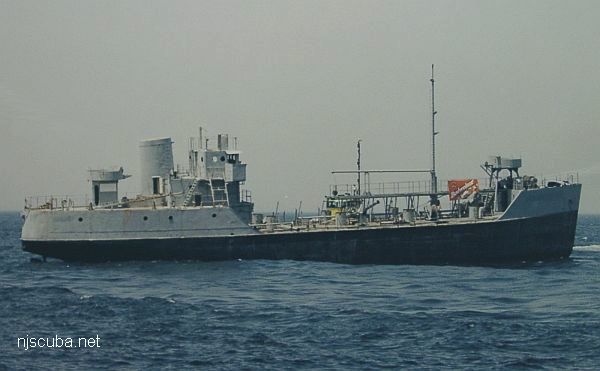
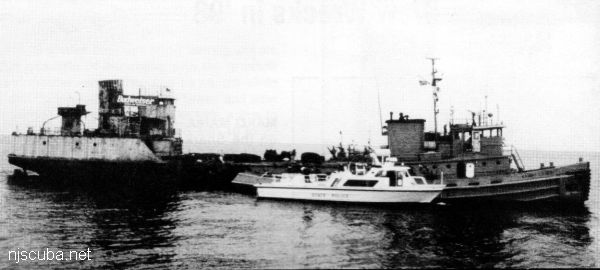
Questions or Inquiries?
Just want to say Hello? Sign the .